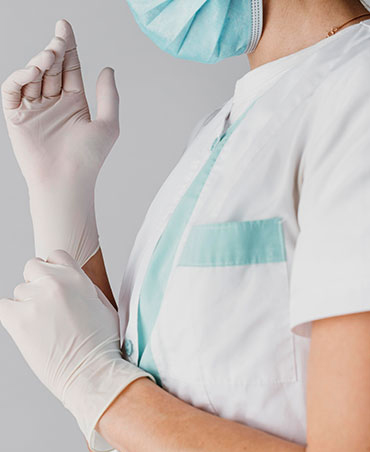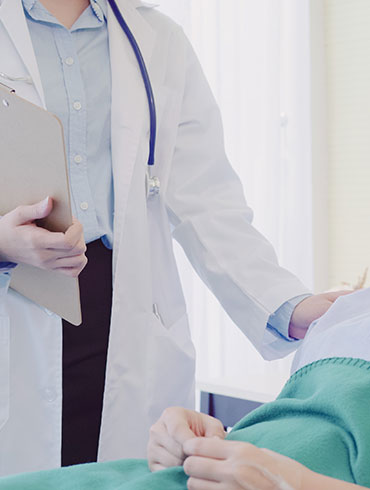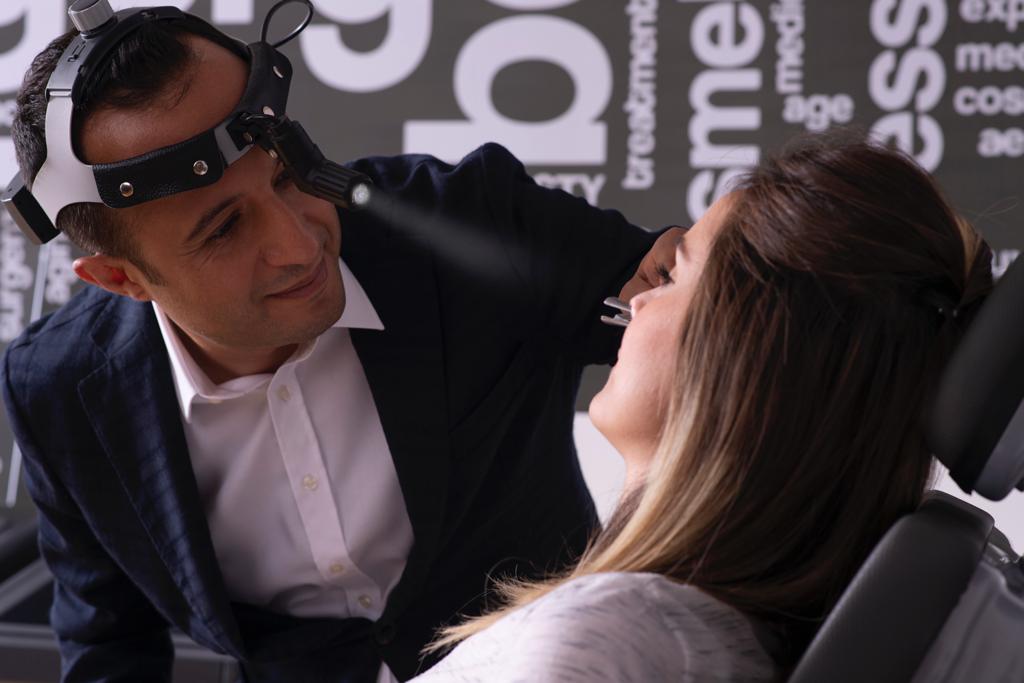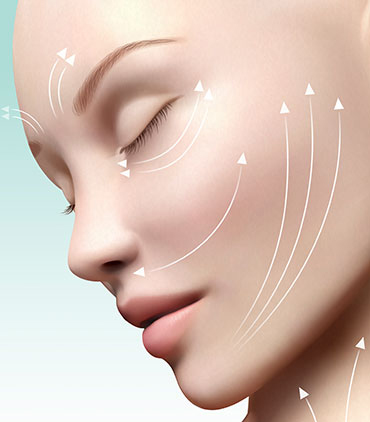When Does the Surgery Process Begin and End?
Rhinoplasty surgery process begins when the patient contacts the doctor for the first time. However, it is almost impossible to say when exactly it would end. Even though in most cases full recovery is reached within a year, this doesn’t mean that surgery process ends.
As people get older, their faces also change constantly. Due to its position in the center of our face and being visible all the time, a small change in our nose would be noticed very easily by everybody around us. For this reason, it can be said that rhinoplasty surgery process and patient doctor relationship have no end.
As both the patient and the doctor, we shouldn’t disregard the length of this process when we make our choices.
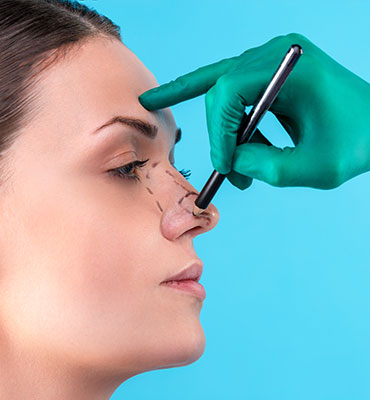
First Meeting and Consultation
Lately, most of our patients reach us through digital settings (e-mail, social media etc.) This is the easiest and most practical way especially for our international patients to reach us. We generally try to do an online consultation with these patients before they arrive our clinic in Turkey. When they arrive Turkey, we bring them into our clinic for their first face-to-face consultation. Usually the first meeting starts with listening to the patient’s questions and expectations.
Next, we talk about the nose surgeries or procedures the patient has had previously. I take detailed notes down about any previous traumas, surgeries or medical esthetic procedures.
After that, I examine the patient’s nose. I like to start with the patient’s skin. Nose skin type is mostly different for every person. Every anatomic section of the nose (dorsum, tip, alas etc.) needs to be evaluated according to its color, thickness, fat content, hardness and softness.
After that, inside structure of the nose is examined. Generally, I request computed tomography for patients who have functional problems. This way, I can evaluate the anatomic structure better and if there is any additional surgical procedure (sinus surgery etc.) is necessary, I can perform them within the same session myself.
Photo Simulation
During the consultation, I take professional photos of the every patient’s nose and create a photo simulation for them. I prefer making these simulations, because this way I can show the patient the limits of the possible changes that can be achieved with my methods and at the same time I get some information about the patient’s view about beauty.
However, it shouldn’t be forgotten that it is just a simulation and the actual result of the surgery may not be hundred percent same as this simulation.
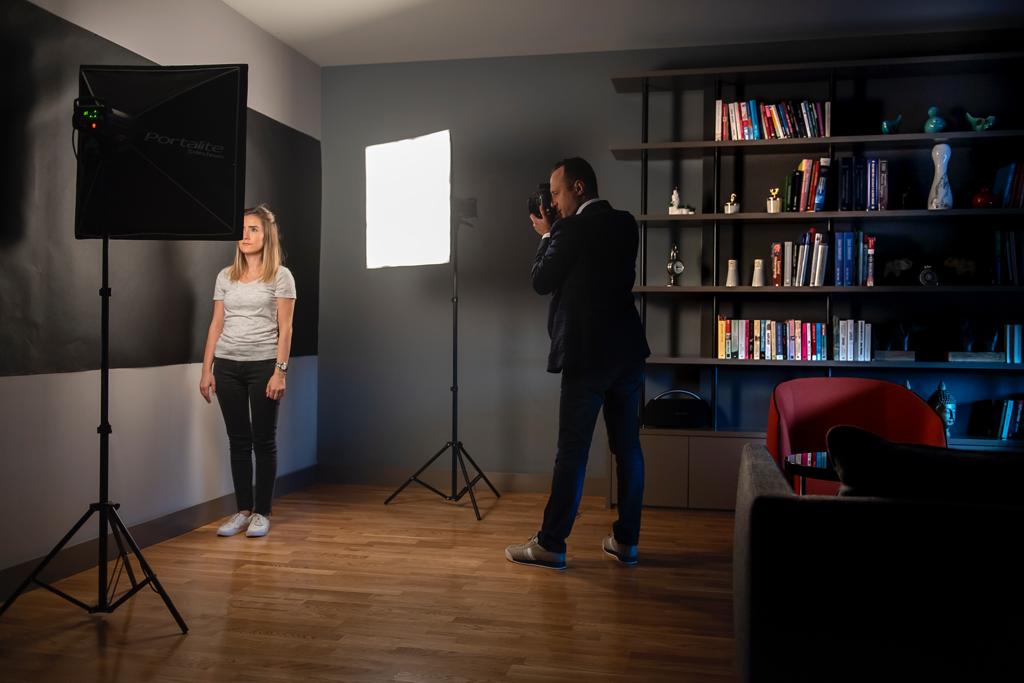
Surgery Appointment
For our patients who decide to have surgery, we make an appointment for a date we determine based on our schedule and the patient's request. We also make a reservation for the hospital on their behalves.
My first suggestion to my patients regarding this issue is that they should allocate around 10 days for the surgery while making their plans, and they should not make any other social or business plans during this process.
My second suggestion is that they should find out the order they will be operated on. I do maximum of two rhinoplasty surgeries per day, because I think more will decrease my personal performance.
Hospital Choice
I believe hospital choice is as important as the doctor choice. I always preferred a full-fledged hospital for my surgeries. For me, having a full anesthesia team and a successful surgery staff is very essential.
In addition, the hospital needs to have comprehensive doctor staff and full enough physical infrastructure such as intensive care units. Due to all these reasons, I prefer a big enough and fully equipped hospital such as Antalya Memorial Hospital for my surgeries.
For most cases, our patients need to stay at the hospital for one night.

Preparations Before the Surgery
I always prefer general anesthesia for my rhinoplasty surgeries. Therefore, we take our patients to the hospital a day before the surgery to get some tests done (blood tests, lung tomography, nasal tomography etc.)
After getting the results of these tests, there will be a consultation with the anesthesia doctor. During this consultation, the anesthesia doctor will decide whether you are eligible for general anesthesia and ask questions regarding your health history and medications you are taking. I recommend you asking all the questions you have regarding anesthesia during this consultation.
After completing this step, you will be ready for the surgery.
Surgery Day
The surgery day is the most scared day by the patients, but probably the easiest day for them. We will take you to the hospital a few hours before the surgery and you will be taken to the surgery when all preparations are done.
The surgery length is 2-3 hours for primary surgeries. For the revision surgeries, it can take up to 3-4 hours. However, the anesthesia process is not included in these time periods.
After the surgery, you will be taken to your room and your first meal will be served three hour later.
Within the first 24 hours by applying ice compresses, we will try to reduce the bruising and swelling. Bruising and swelling are natural responses of our body to the surgery. The amount of them can vary based on the patient’s age, skin type, the surgical procedure and technique used. More or less, every patient gets them.
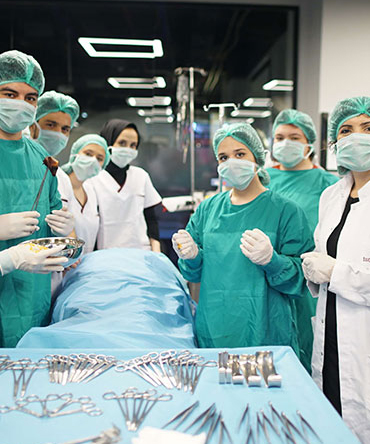
Discharge from the Hospital
After spending the first night under observation at the hospital and getting all the necessary treatments, we discharge our patients next morning if there are no complications
I like to discharge my patients after visiting them in their room and giving my recommendations. We will provide all the medications you will take after the surgery. These medications usually include an antibiotic, an antihistaminic and a painkiller. You should take these medications regularly.
You will have the most swelling and bruising during the first three days. Generally there is little or no pain. Sleeping while your head is in a higher position and drinking lots of water will help. You should avoid heavy duty activities and smoking.
First Check-up
The first face-to-face check-up is usually on the fifth or the sixth day after the surgery. I take out the silicone tubes and the plaster on the nose.
In my opinion, using silicone tubes are necessary because I prefer not leaving inside the nose completely empty. Generally for most of my patients, I perform functional procedures like septoplasty, concaplasty, endoscopic sinus surgery inside nose.
Especially the first three days due to edema, the tissues may contact eachother, and if there is no barrier in between them, there may be a risk of them sticking together. I believe that the patients will feel more comfortable with the help of these soft silicone tubes, because especially for the first days patients’ breathing is obstructed due to edema, blood accumulation, and scabbing etc.
In addition, during the process of removing the silicone tubes, there is almost no pain and most patients don’t even feel anything.
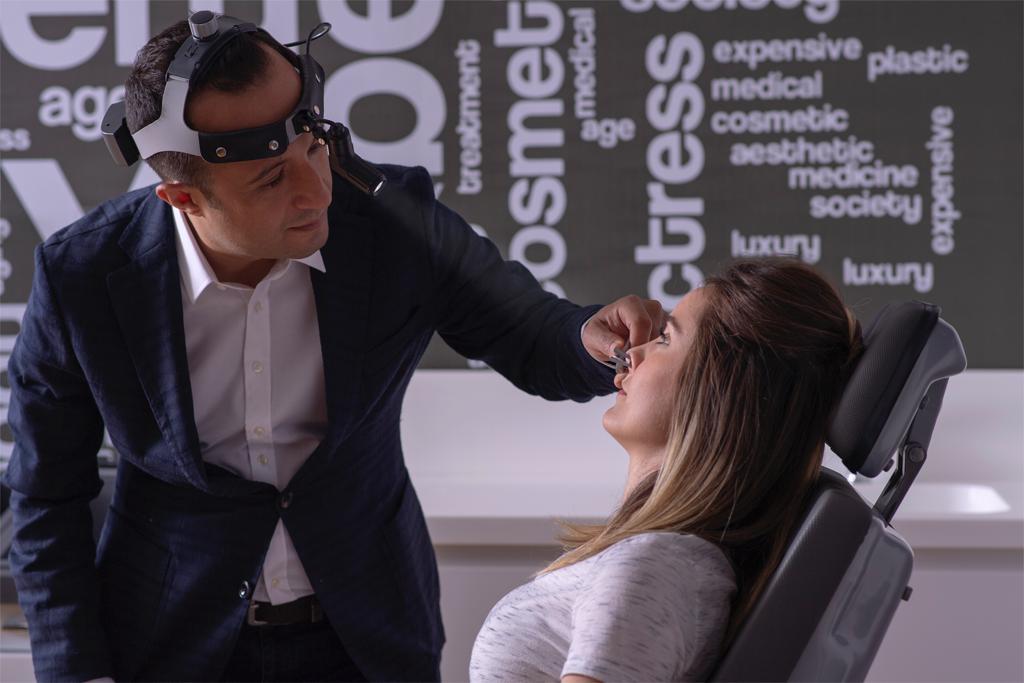
Second Check-up
We invite you back to our clinic on the 8th or 9th day after the surgery for your second check-up. We do a general check-up, remove the tapes on your nose and clean the scabbing inside your nose.
After this step, you can pretty much go back to your normal life. You are ready to go back to your country. There is no problem getting on the plane.
First Year After the Surgery
For our patients, we do check-ups for the first month, sixth month and the first year after the surgery through online calls.

The Final Result
As I mentioned before, it is quite hard to tell when the rhinoplasty surgery process ends. On most medical books it is written that it will take a year to a year and a half for your nose to get its final shape. This time period may vary for every patient and depending on the technique used.
Healing is much faster for the closed rhinoplasty technique that I use for most of my patients. Especially after the first week bruising and swelling will heal and a quick healing process begins right after and gets mostly completed generally within 4-6 months.
In addition, healing is completed faster having very little scar tissue due to protecting the anatomic structure of the nose especially the vein, nerve and lymph systems supporting the nose skeleton.
I recommend you to touch the tip of your nose to check whether it is healed completely. When the softness and flexibility of the tip of your nose get back to its normal condition and when it feels like it belongs to you, it means that it is healed completely.


